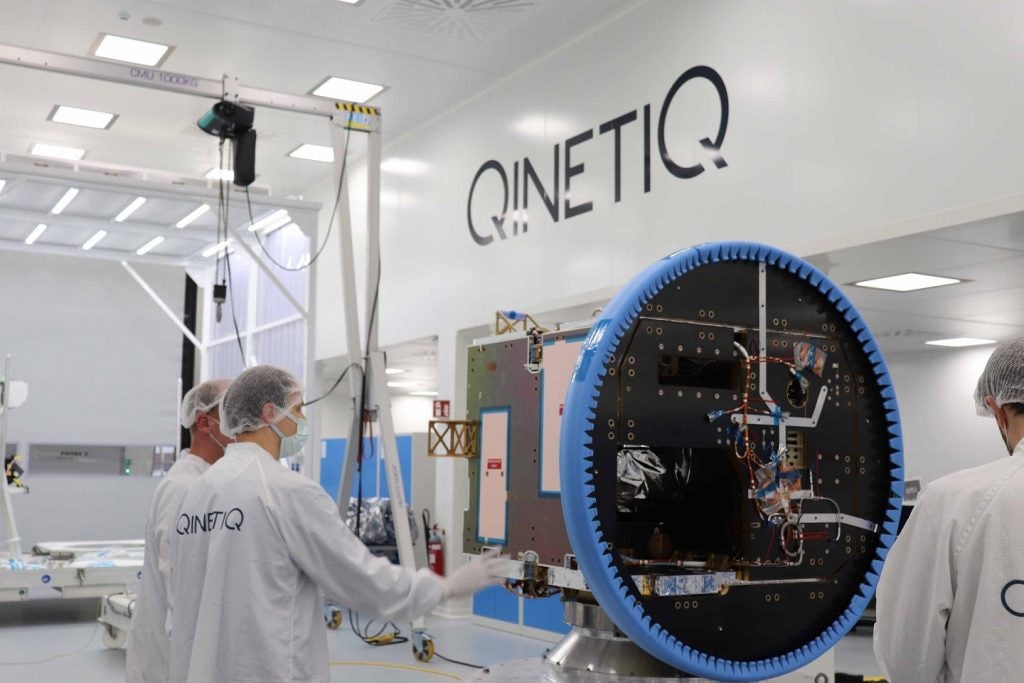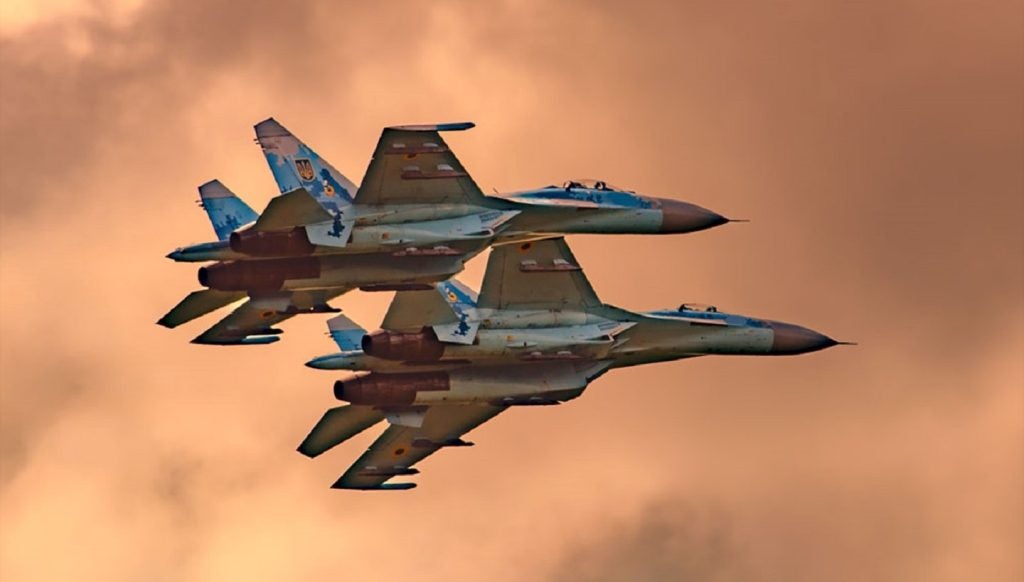Pilot training and simulation for the air force: Introduction
In the globally important sector of defence, the proficiency and readiness of Air Force pilots is critical for a range of reasons.
Aspiring aviators and buyers alike should always seek the most effective pilot training and simulation solutions, each designed to ensure operational excellence.
Our expert buyer’s guide delivers insights into the intricacies of aviation pilot training, particularly within the Air Force.
We also include content that highlights the cutting-edge technologies shaping the future of pilot training programs, as well as key considerations for buyers.
See Also:
Understanding pilot training programmes
Pilot training within the Air Force is a multifaceted process, encompassing a broad spectrum of skills and knowledge.
Prospective pilots must master not only the art of flying but also the tactical and strategic aspects of modern aerial warfare.
A comprehensive aviation pilot training program includes theoretical coursework, hands-on flight experience, and advanced simulation.
When evaluating pilot training programs, one must consider several key factors. The curriculum should offer a balance between classroom instruction and practical application.
The quality of the instructors, the safety record of the training institution, and the types of air force pilot training aircraft utilised are also crucial considerations.
Additionally, the program should incorporate the latest advancements in pilot training simulators, ensuring that trainees are exposed to realistic combat scenarios and environmental conditions.
Detailing the role of simulation in pilot training
Simulation technology has revolutionised pilot training, allowing for a safe and cost-effective means to replicate real-world flying conditions.
A pilot training flight simulator can mimic a wide range of aircraft and scenarios, from basic navigation to complex combat missions.
This not only accelerates the learning curve but also enables pilots to train for situations that would be too dangerous or impractical to recreate in actual flight.
Pilot simulator training is an invaluable tool in both initial training and ongoing skill development.
It allows pilots to hone their reflexes, decision-making abilities, and familiarity with aircraft systems without the risk of accidents.
For procurement officers, investing in high-fidelity pilot training simulators is a strategic move that enhances the overall effectiveness of pilot training programs.
Industry-leading systems and solutions in pilot training and simulation
When researching pilot training and simulation, buyers are likely to encounter a plethora of systems and solutions.
Each of these will be designed to prepare pilots for the demands of modern air combat.
Some of the current industry-leading solutions that are integral to Air Force pilot training include, but are not limited to:
- Full-Motion Flight Simulators
- Fixed-Base Flight Training Devices
- Virtual Reality (VR) Pilot Training Systems
- High-G Training Facilities
- Advanced Aircraft Simulators (e.g., F-35, F-22)
- Ejection Seat Trainers
- Air-to-Air Combat Simulators
- Air-to-Ground Tactics Simulators
- Unmanned Aerial Vehicle (UAV) Simulators
- Multi-Crew Coordination Simulators
- Electronic Warfare Training Systems
- Air Refueling Simulators
- Carrier Landing Practice Simulators (for Navy pilot training)
- Emergency Procedures Trainers
- Mission Planning and Debriefing Systems
Latest technological advances in pilot training and simulation
The landscape of pilot training and simulation is continually evolving, with new technologies enhancing the realism and effectiveness of training programs.
Some of the more recent and relevant innovations include:
- Augmented reality (AR)
- Artificial intelligence (AI) and machine learning are being integrated into training systems to create adaptive learning environments that respond to the individual needs of trainees.
- Increased use of data analytics to track a pilot’s performance over time, identifying areas for improvement and customising the training regimen accordingly.
- Networked simulators allow for joint training exercises across geographically dispersed locations, fostering collaboration and teamwork among pilots from different units or even allied forces.
The integration of these technologies into pilot training and simulation ensures that Air Force pilots are equipped with the skills and knowledge necessary to operate the next generation of aircraft and to adapt to the ever-changing landscape of aerial combat.
Pilot training and simulation for the air force: Our conclusion
In conclusion, the quest for excellence in Air Force pilot training and simulation is a dynamic and ongoing process.
As technologies advance and the nature of aerial warfare evolves, so too must the methods and tools we use to prepare pilots for the challenges ahead.
By understanding the key components of pilot training programs and staying aware of technological developments, one can ensure that Air Force pilots remain at the forefront of aviation excellence.





